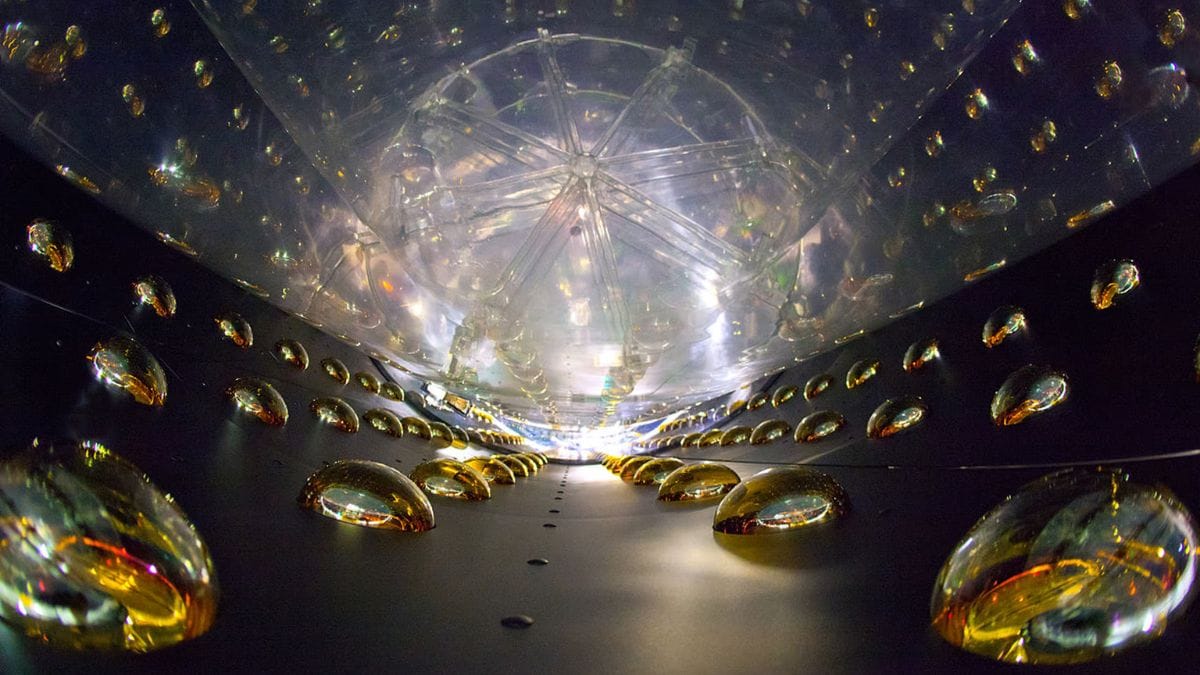Physicists are finalizing the Jiangmen Underground Neutrino Observatory (JUNO), a facility designed to unravel the mysteries surrounding neutrinos, subatomic particles with no electric charge and minimal mass. Scheduled to commence data collection in summer 2025, the observatory aims to identify the heaviest among the three neutrino types. Situated 700 meters beneath the ground in China, the project represents a significant step in the study of these elusive particles and their antiparticle counterparts, antineutrinos.
Key Features of the JUNO Detector
According to a Science News reportthe observatory features a 35-metre-wide acrylic sphere at its core, which will hold 20,000 metric tons of liquid scintillator. This liquid is engineered to emit light when particles from an antineutrino interaction are detected. The setup includes tens of thousands of photomultiplier tubes to capture these light signals. To minimize interference from other particles, the detector is surrounded by a water-filled cylindrical pit, the filling of which began on December 18, 2024.
Focus on Antineutrinos
Antineutrinos from two nuclear power plants located 50 kilometers away will be observed, offering insights into their properties and interactions. According to project sources, this experimental setup will not only aid in determining neutrino masses but also contribute to broader physics research, including the understanding of matter-antimatter asymmetry.
Significance of JUNO
Reports indicate that this observatory will be the largest of its kind globally, with scientists expecting groundbreaking findings. By investigating antineutrinos in detail, JUNO is anticipated to enhance understanding of subatomic physics and the fundamental structure of the universe.
The collaborative efforts of international teams underscore the importance of the project in advancing neutrino research. This facility marks a major advancement in the quest to uncover the properties of neutrinos, with its findings expected to have far-reaching implications in the field of particle physics.


